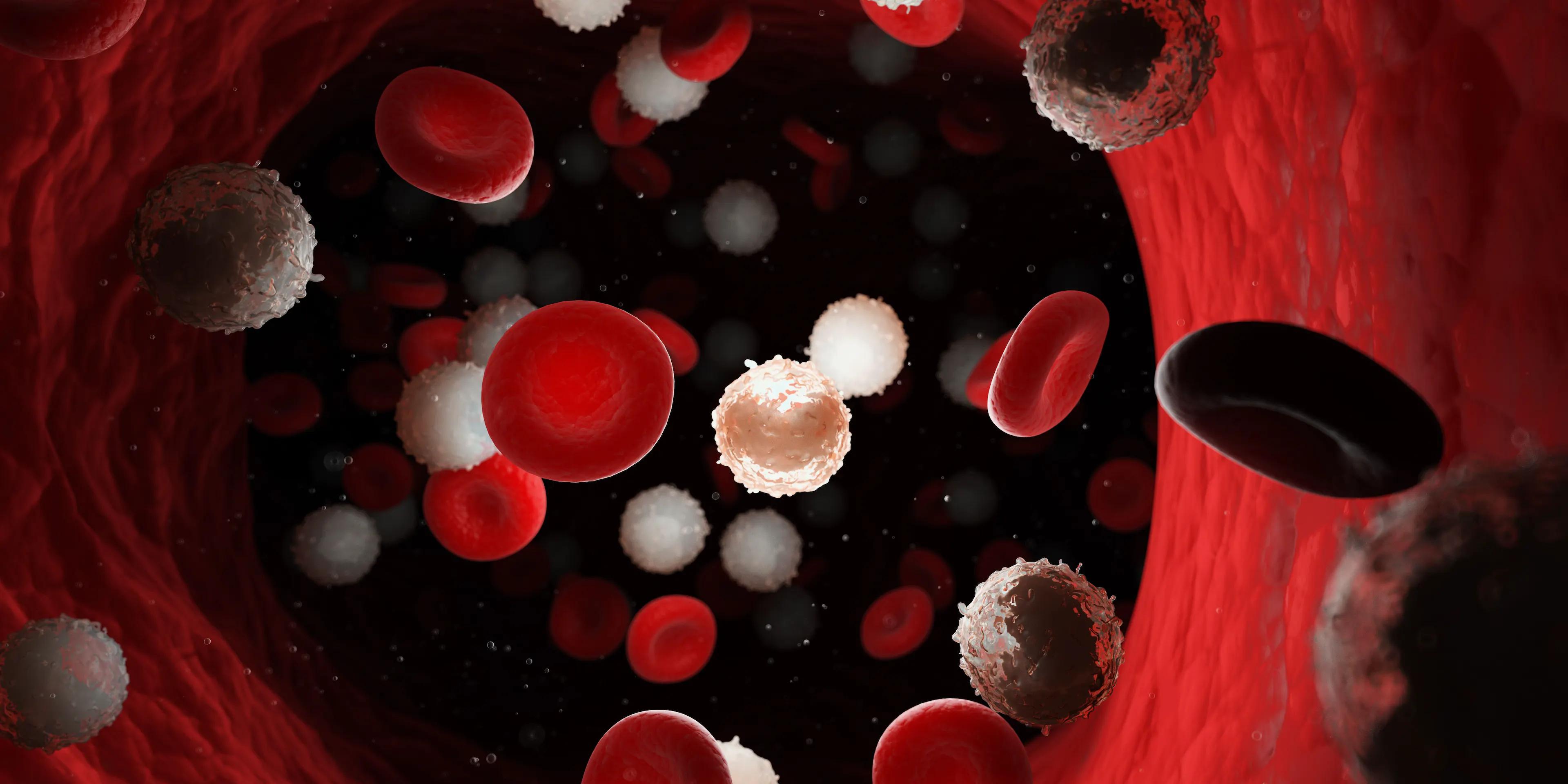NCCN Update Aids Clinicians in Managing Methotrexate Toxicities
Updates to the NCCN guidelines will help clinicians treat their patients with acute lymphoblastic leukemia, B-cell lymphomas, pediatric acute lymphoblastic leukemia, and pediatric aggressive mature B-cell lymphomas on high-dose methotrexate.
Image Credit: © SciePro [stock.adobe.com]

The National Comprehensive Cancer Network (NCCN) has updated its guidelines for patients with acute lymphoblastic leukemia (ALL), B-cell lymphomas, pediatric ALL, and pediatric aggressive mature B-cell lymphomas to inform clinicians on how to manage delayed methotrexate elimination and treat patients at risk of methotrexate toxicity.1
Within the guidelines, the NCCN describes the approach that is currently accepted in the event that renal impairment results in delayed elimination among a patient receiving high-dose methotrexate (HDMTX). When plasma MTX concentrations are 2 standard deviations above the mean expected MTX plasma concentration as determined by MTXPK.org, or if the 36-hour plasma MTX level is above 30 μM, 42-hour level is above 10 μM, or 48-hour level is above 5 μM, the guidelines strongly recommend glucarpidase (Voraxaze).
Additionally, the guidelines note that the optimal administration of glucarpidase is within 48 to 60 hours from the start of MTX infusion, and highlight important safety information related to glucarpidase use, including the dosing of leucovorin and measurements of plasma MTX levels.
“The updated guidelines will help ensure that healthcare professionals understand the current best practice for managing delayed methotrexate elimination due to acute kidney injury, and can identify, and appropriately treat patients at risk of methotrexate toxicity,” said Suzanne Ward, PharmD, MBA, senior director of medical strategy for BTG Pharmaceuticals, in a press release. “The updates also bring attention to MTXPK.org, an online tool designed to help clinicians understand the pharmacokinetics of high-dose methotrexate, especially with regard to delayed clearance.”
HDMTX is defined as a dose higher than 500 mg/m2. This dose is used to treat a range of adult and childhood cancers, including, osteosarcoma, ALL, and primary central nervous system lymphoma.
Acute kidney injury is often associated with HDMTX and can be a serious and/or life-threatening toxicity that can occur in pediatric and adult patients with cancer. According to the updated guidelines, glucarpidase, a carboxypeptidase designed to reduce toxic plasma methotrexate concentration in patients with delayed methotrexate clearance due to impaired renal function, can be used in this indication as previous clinical studies showed that patients treated with glucarpidase had rapid and sustained reductions in plasma MTX concentrations.
Additional information from the NCCN guidelines highlight safety information and show that leucovorin should be dosed on pre-glucarpidase plasma MTX concentration. This should then be continued for at least 2 days after patients are administered glucarpidase. However, leucovorin should not be administered within two 2 hours prior to or following glucarpidase as it is a substrate for glucarpidase.
Further, the guidelines note that the measurements of plasma MTX levels post glucarpidase by standard immunoassay methods do not distinguish MTX from its metabolites, and highlight that they may overestimate the actual MTX concentration.
“The inclusion of MTXPK.org in several NCCN Guidelines is an important milestone for our team after launching this free, open-access tool in 2019. We are pleased to be able to provide a user-friendly tool for clinicians managing patients receiving HDMTX for them to understand whether their patients are eliminating methotrexate as expected,” said Laura Ramsey, PhD, who led the creation of MTXPK.org and is an associate professor at Cincinnati Children’s Hospital Medical Center, in the press release.










